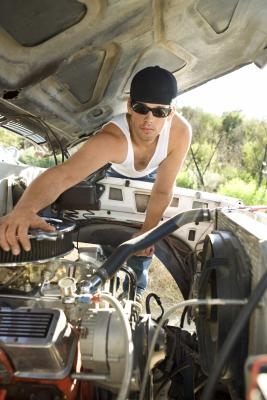
The major difference between an inline 6 engine and a V6 is how the pistons are orientated in the crankcase. All six pistons in an inline 6 are in a row, while a V6 has three pistons in each bank that oppose each other. Most of the variance between the two types of engines result from these piston placements.
One of the key differences between a V6 engine and an inline 6 is the variance in engine harmonics. A V6 has two banks of three cylinders set against each other at specific angles. If one of the opposing cylinders experienced a slight change in weight between pistons, the engine can become imbalanced and increase in vibrations. Engines with an odd number of cylinders in each bank will suffer from primary dynamic imbalance, resulting in an end-to-end rocking motion.
A V6 engine is more compact, since there is only three pistons in a bank. The space available for engines in the modern car has decreased over the last few decades. As a result, the V6 has largely replaced the inline 6 in many models, despite not running as smoothly and having lower power capabilities. The V6 is shorter than a straight 4 engine, and narrower than a V8. It is especially popular among medium-sized cars, because it has more power than a straight 4, but is less expensive than a V8.
An inline 6 engine is generally considered to be more reliable than its V6 counterpart. This is largely due to the increased vibration experienced by the V6. The vibration and added friction hurt the longevity of the engine. The V6 also suffers from a loss of power on the down-stroke of the piston, causing the engine to run rougher. An inline 6 engine doesn't experience much vibration due to its even number of pistons, and it has a reputation of being a sturdier engine.
The inline 6 is a less-complex engine, since it only has one bank and the pistons do not oppose each other. As a result, they tend to be easier and less expensive to fix. It is also easier to access an inline 6 engine. Although V6 engines are more compact, car makers allow for less space around them to help limit their vibrations. Inline 6 engines, although bigger, are easier to stick a wrench on.